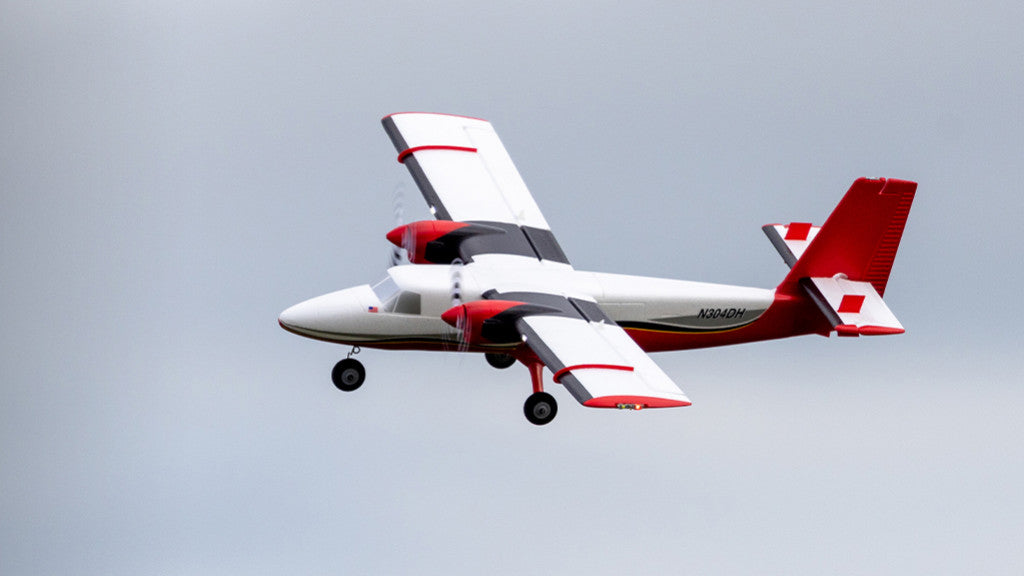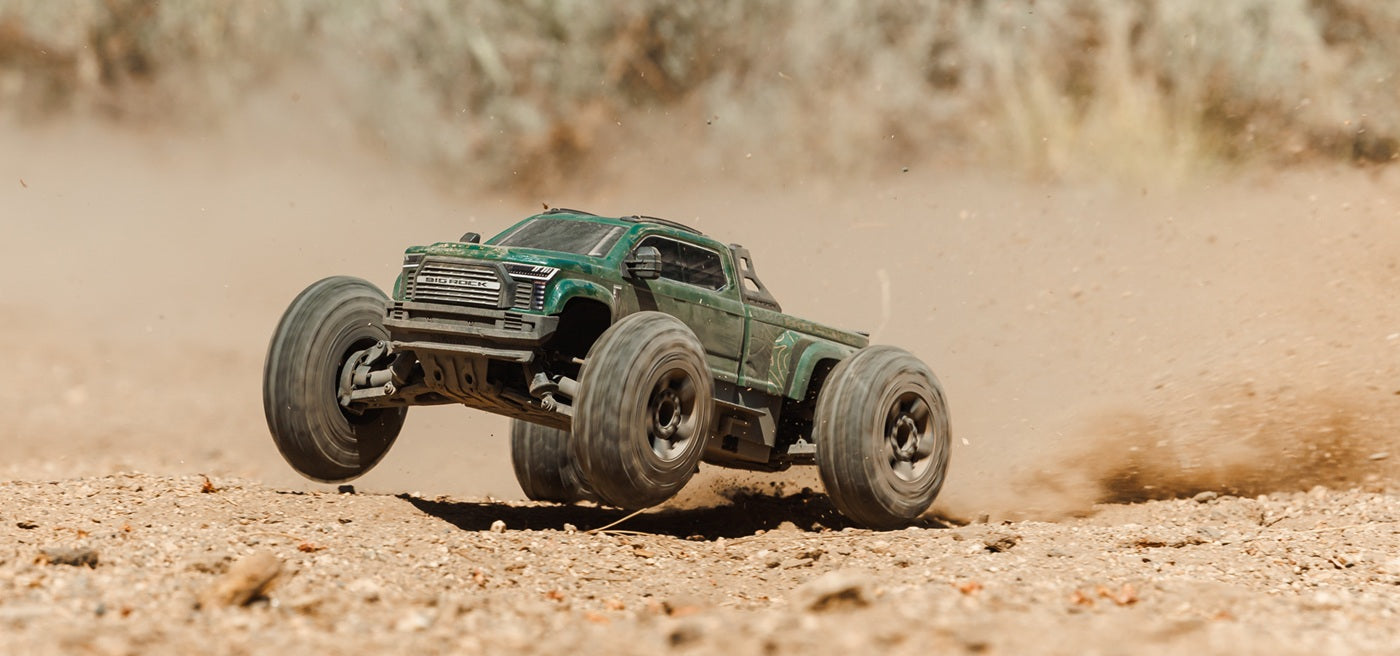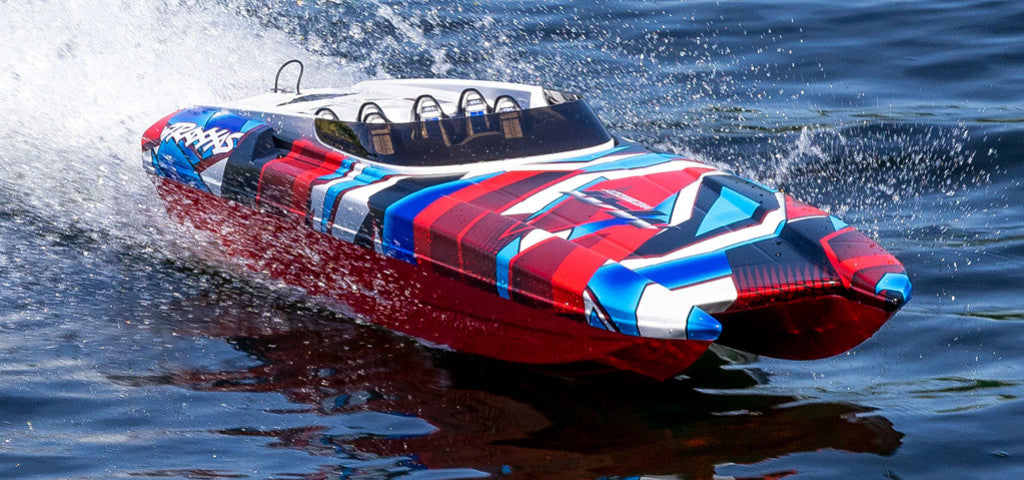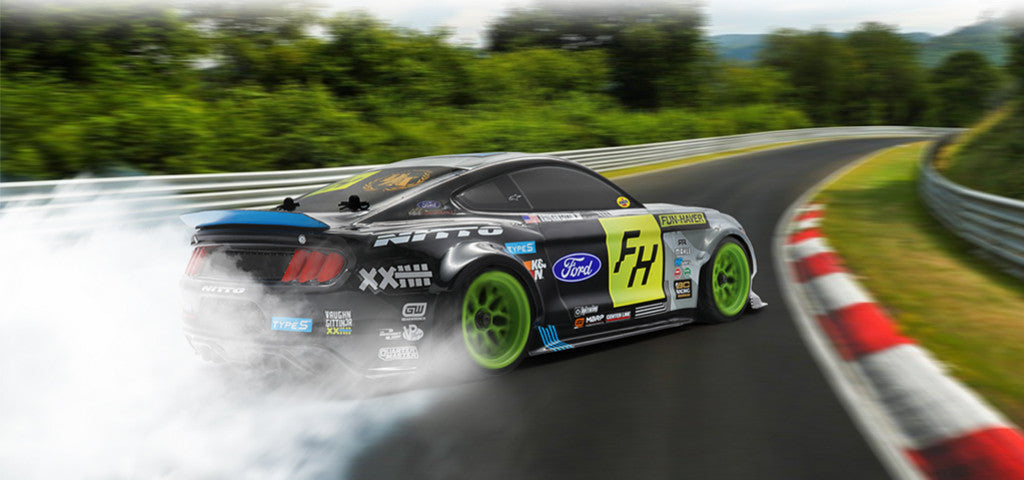Taking the controls of an RC plane and watching it soar into the skies is both an exhilarating and rewarding experience. From the simple hum of the propeller to the majesty of steady flight, mastering these miniature marvels offers a unique blend of fun, adrenaline and sometimes, admittedly, frustrations. But it is precisely this combination of joy and challenge that makes this hobby so addictive and rewarding.
If you're new to the world of remote control airplanes , or if you've always wanted to try but didn't know where to start, you've come to the right place. In this article, we'll explore the essential steps to getting started in this exciting field: from choosing your first plane to learning the basics of flying , including safety and maintenance tips. Embark with us on this fascinating journey into the skies of RC planes.
Understanding what an RC plane is
Brief History and Evolution of RC Airplanes
From their humble beginnings in the 1930s, RC (Radio Controlled) airplanes have come a long way. The brief history of these machines shows a rapid evolution, going from simple toys controlled by large transmitters to the sophisticated and efficient machines we see today. These advances have been fueled by innovations in electronics, materials and aerodynamics.
Types of RC Airplanes
When diving into this world, it is essential to know the types of RC planes available on the market. Among the most popular are:
- Fixed-wing aircraft : These are the most common models, reminiscent of traditional aircraft. They are generally recommended for beginners due to their stability in flight.
- Jets : Faster and often more complex, they are generally intended for more experienced pilots. They use turbines or electric jet engines to propel the aircraft at high speeds.
- Gliders : Without engines, these planes are designed to fly using updrafts. They can be launched by hand, by catapult, or towed by another aircraft.
There are of course other types and subcategories, but these are the main ones that any novice should know before getting started.
Choosing the right plane to get started:
Choosing a model suitable for beginners
At the heart of your adventure in the world of RC planes, there is a crucial decision to make: choosing the right plane . Just like you can't learn to drive with a race car, it's essential to choose a beginner-friendly model when starting out in RC driving. Choosing wisely up front can mean the difference between an enjoyable experience and a series of costly frustrations.
Features to look for
The characteristics to favor during this first acquisition are stability, simplicity and durability:
- Stability : A stable aircraft will be more forgiving of pilot errors. Look for models with a large wingspan and wings placed high on the fuselage.
- Simplicity : Models aimed at beginners often have fewer controls to manage, allowing you to concentrate on the basics of flying.
- Durability : As accidents are inevitable when learning, opt for an aircraft designed with impact-resistant materials.
Our models for beginners
When it comes to beginner models , several RC planes have gained a favorable reputation for their user-friendliness and error tolerance. Among them, the “ HobbyZone Carbon Cub ” is an excellent option for beginners. Other models, such as the " E-Flite Apprentice STS ", also offer beneficial features for those taking their first steps in the hobby.
The key is to start with an aircraft that will allow you to learn at your own pace and enjoy the process without being overwhelmed by complexity or the fear of breaking an expensive investment.
Become familiar with the basic components:
Before you take to the skies, it's essential to understand the basic components that bring your RC plane to life. These elements are the cornerstone of your flying experience and influence both the performance and responsiveness of your aircraft.
The main parts of an RC plane
First, familiarize yourself with the main parts of an RC plane . The most notable are:
- Wings : They provide the lift needed to keep the plane in the air. Their shape and position may vary depending on the type and function of the aircraft.
- Fuselage : This is the main “body” of the aircraft, often containing most of the electronics.
- Motor : Source of propulsion, most often an electric motor.
Electronic components
But an RC plane is not just a simple mechanical machine. At the heart of its operation are the electronic components :
- Transmitter : This is the remote control that the pilot uses. It sends signals to the plane to direct it.
- Receiver : Located in the aircraft, it receives signals from the transmitter and translates them into commands for the servo motors.
- Servomotors : These small motors convert signals from the receiver into mechanical movements, allowing for example to move the ailerons or the rudder.
Battery
Finally, let's not forget the battery. It is the source of energy for your plane. Its importance is paramount, because it determines flight duration and, in the case of electric planes, engine power. Choosing a quality battery and taking care of it is essential to guarantee long, safe flight hours.
The basics of piloting:
Basic commands
Getting started with an RC plane is an adventure, but before you take off, it's vital to understand the basic controls that direct your device. These controls define how your plane moves through the air:
- Climb : Allows your plane to gain altitude. It is generally controlled by the tilt of the elevator located at the rear of the aircraft.
- Descent : Opposite of climb, this command lowers your plane towards the ground.
- Left turn and right turn : By manipulating the ailerons or rudder, you can turn your plane left or right.
Tips for first flights
During your first flights , caution is required. To maximize your chances of success and minimize risks, here are some tips:
- Choose a calm day : Strong winds can make flying an RC plane particularly tricky for novices.
- Have plenty of open space : Large, open spaces, such as parks or empty lots, provide room for error and avoid potential obstacles.
The importance of RC flight simulator for training.
Finally, never underestimate the importance of RC flight simulator . Before you even put your plane in the air, these computer programs provide a risk-free learning environment where you can familiarize yourself with the controls, develop your coordination, and anticipate how your plane will react in different situations. It is an invaluable tool for building your confidence and skills before the actual flight.
Safety first :
When it comes to flying RC planes , passion and excitement should never overshadow the paramount importance of safety . Ensuring the safety of yourself, the device and those around you is the key to fully enjoying this hobby.
Select appropriate flight zones
First, it is crucial to select appropriate flight zones . This means avoiding densely populated areas, areas with a lot of air traffic, or prohibited areas. Opt for open spaces like vacant lots, fields or dedicated parks where the risk of causing damage or injury is minimized.
Comply with local laws and regulations
Additionally, it is imperative to follow local laws and regulations regarding RC airplane flying . In many countries and regions, there are specific rules regarding where, when and how these aircraft can be flown. Failure to comply may result in sanctions, but worse still, it may endanger other airspace users.
Take precautions to protect the aircraft, yourself and others.
Finally, flying an RC plane always requires taking precautions to protect the plane , yourself and others. This includes simple things like ensuring the battery is properly charged and in good condition, checking the integrity of the aircraft before each flight, and always remaining aware of your surroundings during flight.
All in all, flying an RC plane is an immense pleasure, but it's a pleasure that comes with the responsibility of ensuring that safety is always the number one priority.
Maintaining your RC plane:
Like any mechanical or electronic equipment, an RC plane requires regular maintenance to function optimally and have a long lifespan. It's not just about flying your plane; taking care of it after each flight is just as essential.
The routine after each flight
The first step in maintaining your aircraft is the routine after each flight . After landing, it is advisable to:
- Checking for Damage : Carefully examine the aircraft for signs of damage, such as cracks or loose components. This is essential to avoid problems in future flights.
- Cleaning : Depending on where you fly, your plane may accumulate dirt, grass, or other debris. Gentle cleaning with a clean cloth will help preserve the aesthetics and performance of the device.
Replacement of worn parts
Over time, certain parts of your aircraft may wear out. It is therefore crucial to replace worn parts . Whether propellers , servo motors or other components, replacing them in time prevents unexpected failures during flight.
Proper storage to extend aircraft life
Finally, proper storage plays a major role in extending the life of the aircraft. Store your aircraft in a cool, dry place out of direct sunlight. Additionally, if you plan not to use your aircraft for an extended period of time, be sure to remove the battery to avoid any risk of discharge or damage.
Join a community:
Entering the world of RC airplanes involves more than just buying a plane and flying it alone in a field. There is a rich community of enthusiasts ready to share their knowledge, tips and support.
The Importance of Joining an RC Airplane Club or Association
The importance of joining an RC airplane club or association cannot be underestimated. These groups not only provide a safe space to fly , but also a structured framework for learning and exchange. You can have access to specially designed flying fields , expert advice, and sometimes even workshops or training.
Share experiences, learn from others and get support
Sharing experiences with other pilots allows you to learn faster . Whether it's observing other riders, asking questions about challenges you face, or receiving constructive feedback, every interaction is an opportunity to learn.
Learning from others is invaluable, as each driver has their own set of tips and tricks that they have acquired over time. This can range from how to properly calibrate your plane to advanced flight techniques.
But beyond learning, a community provides support. Whether you need help repairing a damaged plane , finding replacement parts, or simply having someone to fly alongside you, solidarity is one of the great benefits of being part of a club or organization. association.
Participate in events and competitions
Finally, participating in events and competitions is a great way to put your skills to the test, meet other enthusiasts and fully immerse yourself in the world of RC planes. Whether you fly for fun or aim for the championship title, these events are a rewarding experience.
In summary, joining an RC airplane community is more than just membership; it is an opportunity to enter a world of passion, learning and camaraderie.




